Intro
Also known as the Kirdi, Cameroon, Lakka, Logone, Mbai, and Mussey, the Mousseye Pony comes from the Logone River in the sub-Sahel region of Cameroon. They are named for the Mousseye tribe in southeastern Cameroon who raise them.
Read more
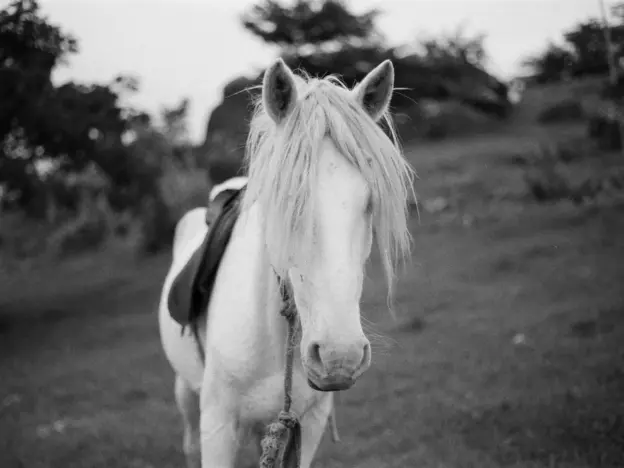
Also known as the Kirdi, Cameroon, Lakka, Logone, Mbai, and Mussey, the Mousseye Pony comes from the Logone River in the sub-Sahel region of Cameroon. They are named for the Mousseye tribe in southeastern Cameroon who raise them.
Read more
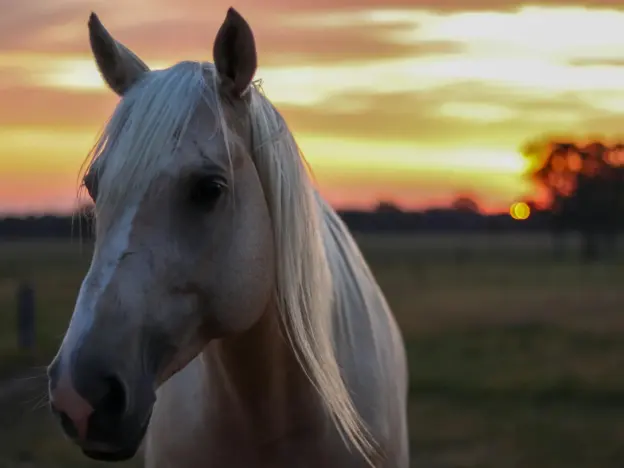
Also called Country Saddle Horse and Old KY Saddler, the Mountain Pleasure Horse is among the oldest gaited breeds in the US and have been breed in Kentucky for over 160 years.
Read more
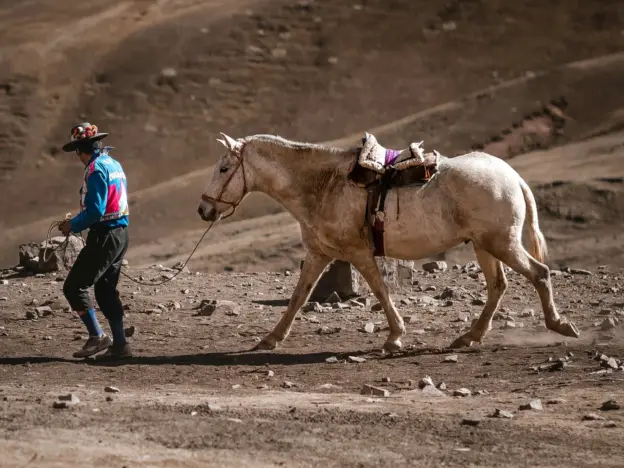
The Morochuco comes comes from the Peruvian Andes in the state of Ayacucho and the breed was thought to be developed by Jesuits.
Read more
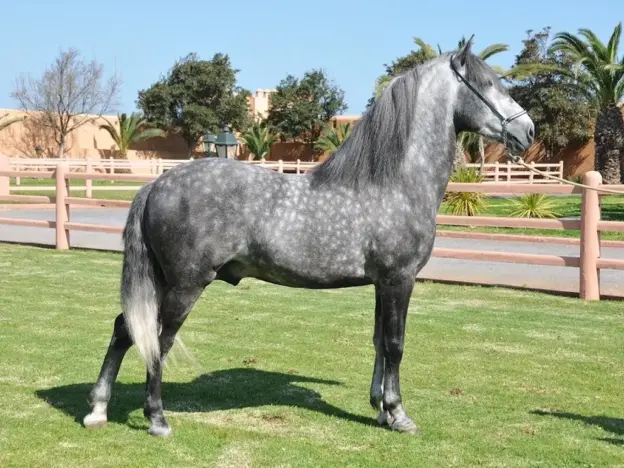
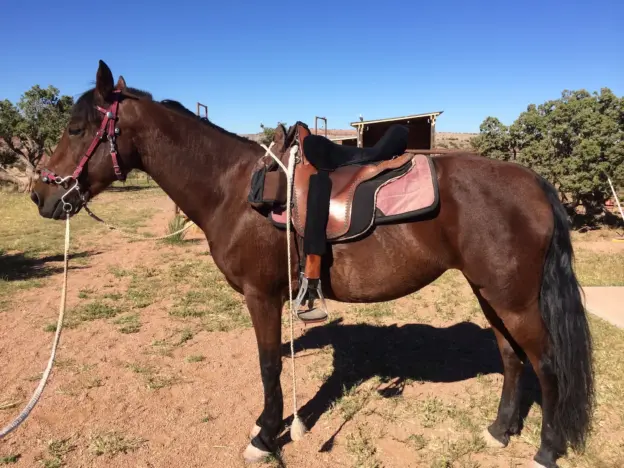
The first documented American breed, Morgan horses owe their lineage to the original stud, Figure and his owner Justin Morgan. The Morgan blood has been a contributor to other North American breeds like Saddlebreds, Standardbreds and Tennessee Walking horses.
Read more
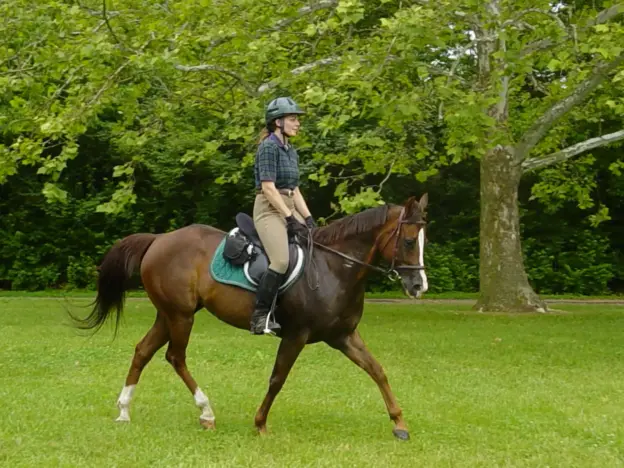
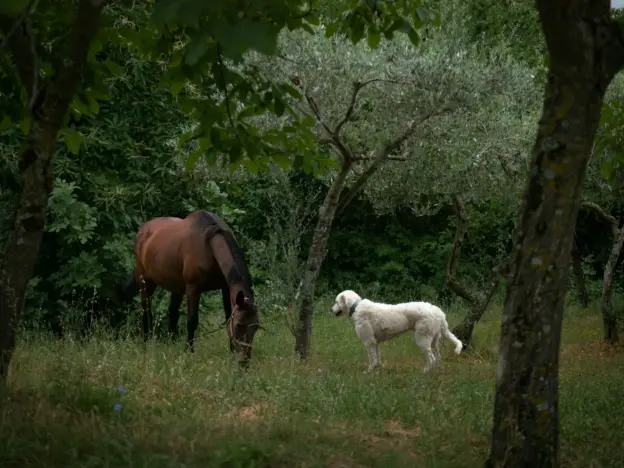
The Monterufoli Pony comes from the Province of Pisa in Tuscany, Italy and is thought to come from the now extinct Selvina horse which used to live wild in the area.
Read more
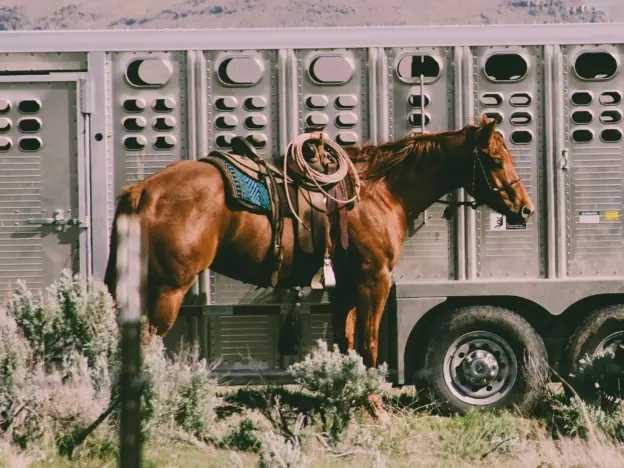
The Montana Travler comes from Montana and is a relatively new saddle horse breed developed by Tom Eaton during the second half of the 20th century.
Read more
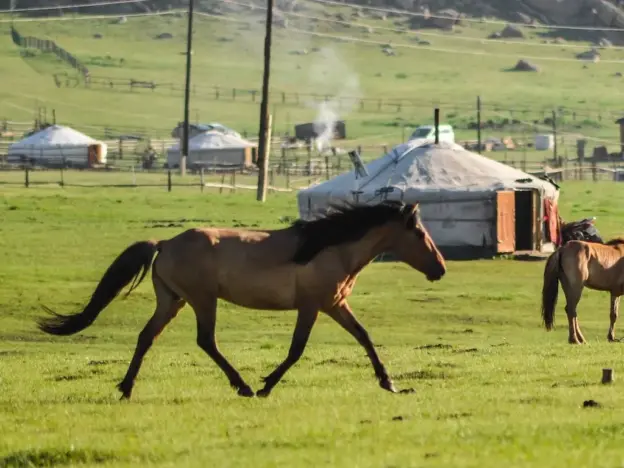
Also called Mongol Aduu Mongolian horse is perhaps the oldest true breed of horse, their bloodlines are ancient and has been a foundation influence on many of the breeds throughout Asia and Europe.
Read more
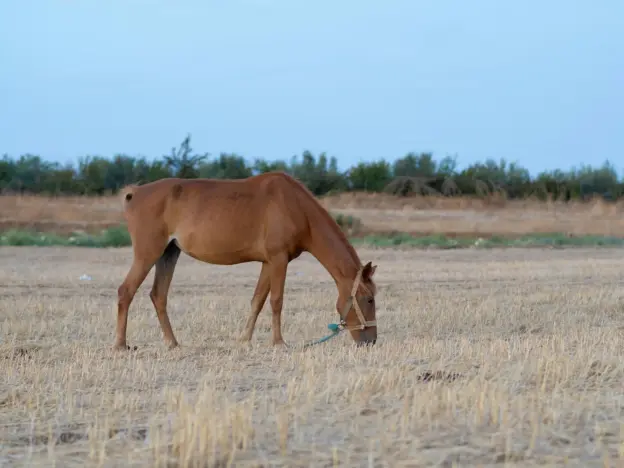
Also called the Tunisian, the Mogod Pony comes from the northernmost area of Tunisia and is thought to be a strain of the mighty Barb horse, refined and bred to suit the area over centuries. Sadly as machines began to replace animals in the 20th century their numbers began to dwindle.
Read more